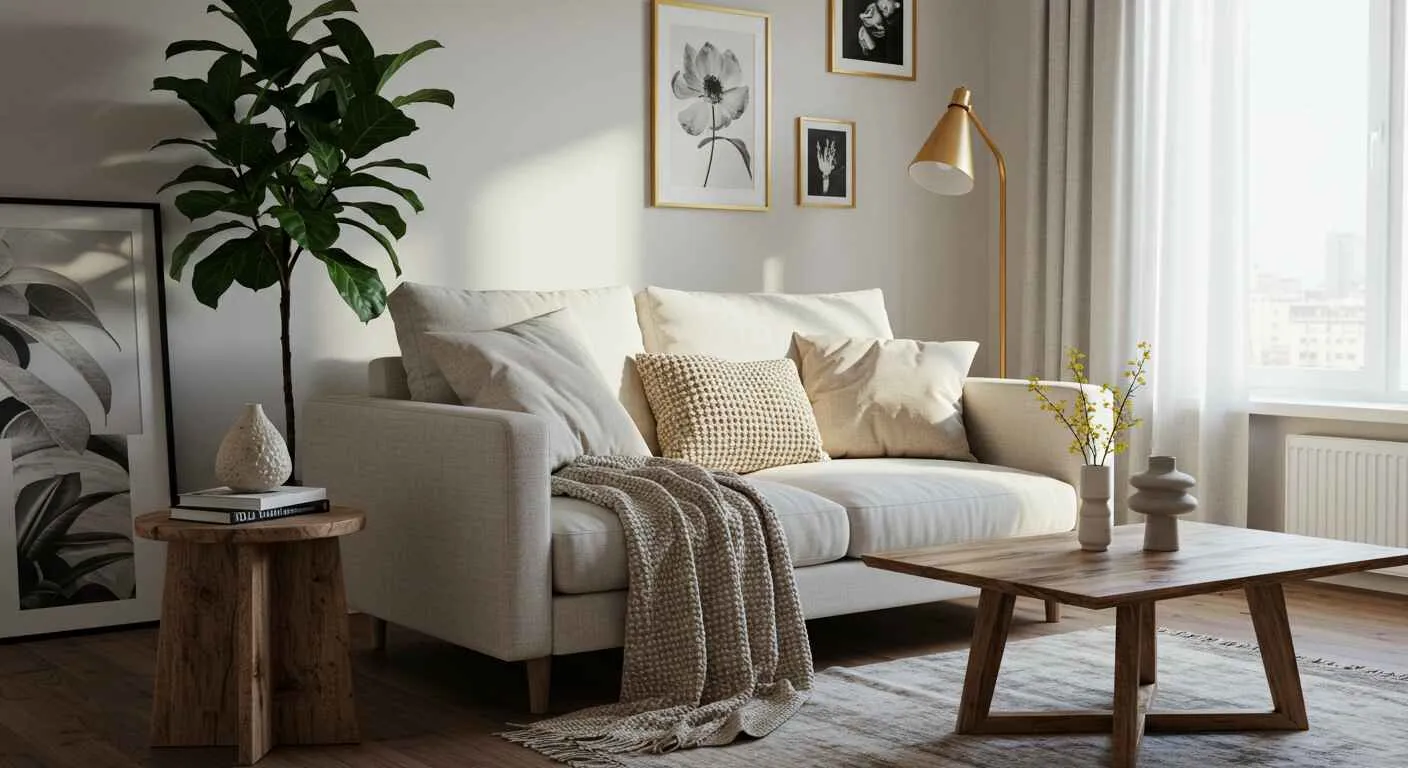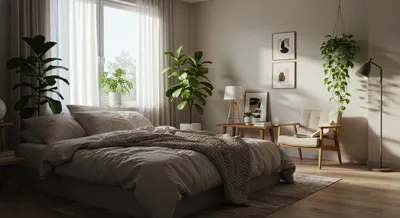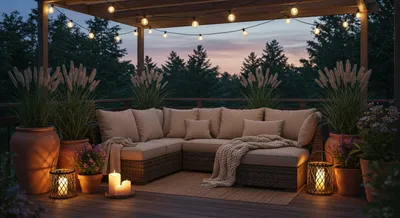Let’s be brutally honest for a moment. You’ve been there. I’ve been there. We’ve all been lost in the endless scroll of Pinterest or Instagram, staring at those jaw-droppingly beautiful apartments. You know the ones—perfectly minimalist yet cozy, drenched in natural light, with a stunning statement art piece that probably costs more than our entire security deposit. You look at your own space and then back at your phone, and the dream bubble pops.
But what if I told you that high-end look isn’t about having a high-end budget? What if it’s about strategy, a bit of cleverness, and knowing exactly where to focus your efforts?
When I first moved into my cozy 500 sq ft studio, I was faced with boring beige walls and zero character. I thought my dream of a stylish sanctuary was out of reach. But with a lot of trial, error, and a few life-saving hacks, I transformed it into a space that my friends now use as a backdrop for their own Instagram photos. And I did it without selling a kidney.
Today, I’m pulling back the curtain and sharing my most guarded secrets. Forget what you think you know about budget decorating. We’re about to dive deep into 7 pro-level strategies that will make your humble abode look and feel like a luxury haven. So grab a coffee (or wine, I’m not judging), and let’s start turning your apartment into the space you’ve always dreamed of.
Lighting is Everything: Go Big with a Statement Fixture
Let’s start with the most overlooked, yet highest-impact element in any room: lighting. I’m not talking about that sad, flush-mount “boob light” your landlord so generously provided. I’m talking about a real showstopper.
The Problem: Generic, flat overhead lighting makes everything look cheap and one-dimensional. It casts harsh shadows and does absolutely nothing to create mood or elegance.
Why It Works: A statement light fixture is the jewelry of your room. It draws the eye upward, creates a central focal point, and instantly injects drama and personality. It tells a story and shows intention, which is the cornerstone of expensive-looking design. Think of it as functional sculpture.
How to Do It on a Budget:
- Thrift & Hunt: Your first stop should be thrift stores, Facebook Marketplace, and flea markets. I once found a gorgeous mid-century modern pendant light for $30. It had a stained shade, but I bought some fabric for $10 and reupholstered it myself one Saturday afternoon. It’s now the centerpiece of my dining area.
- The IKEA Hack: Don’t underestimate stores like IKEA. Their fixtures are designed to be modern and minimalist, but you can elevate them. A simple spray paint job can turn a basic metal pendant into a chic brass or matte black fixture.
- Pro Move - Hang it Low: A common mistake is hanging pendants too high. Over a dining table, it should be about 30-36 inches above the surface. Over a coffee table, hang it low enough to feel integrated with the seating area, but high enough that no one bumps their head. This simple adjustment makes the design feel deliberate and custom.
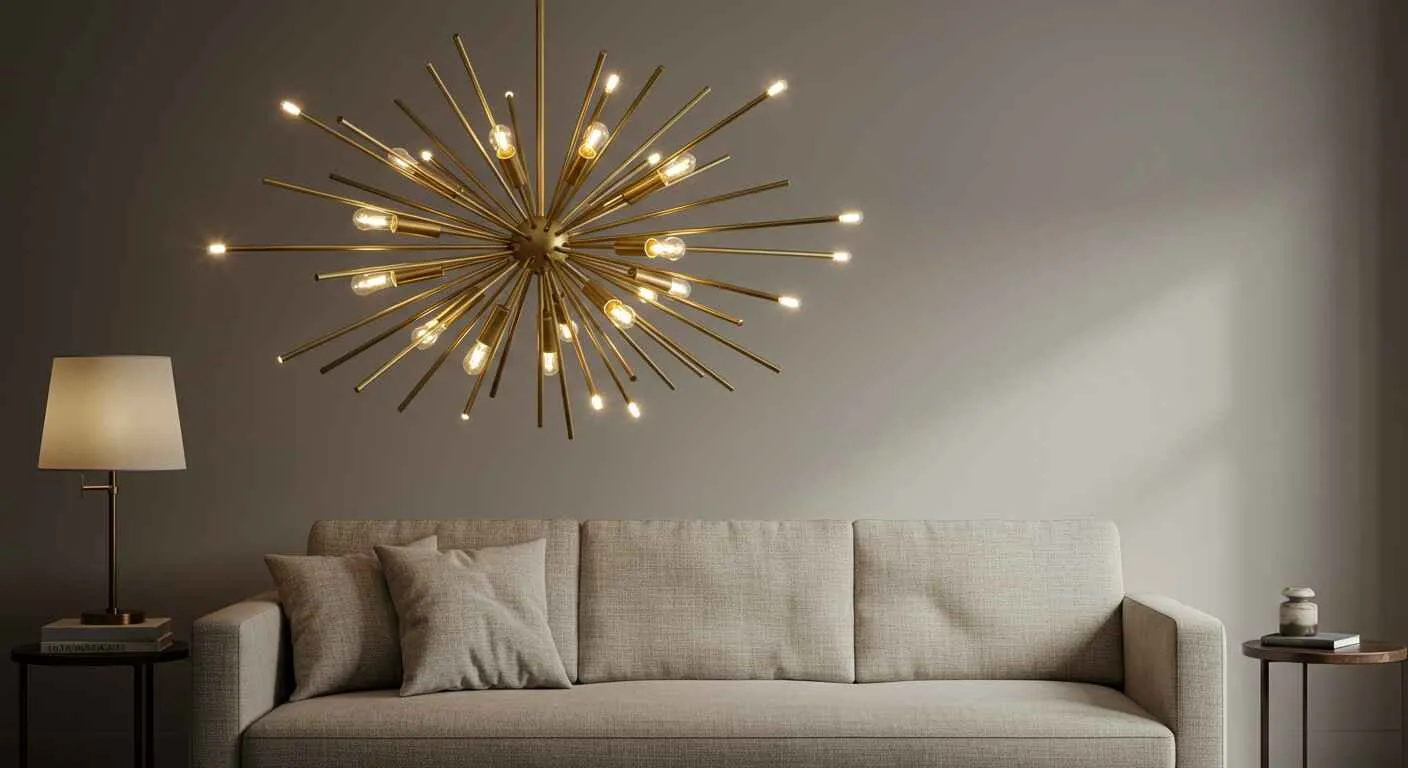
Layer Textiles Like a Luxury Hotel
If you want to create a space that screams comfort and looks plush, your new mantra is: layer, layer, layer. Textiles are your secret weapon for adding depth, texture, and a sense of indulgent coziness.
The Problem: A room with only basic furniture can feel cold, sparse, and unfinished. A single blanket on the couch or a bare floor makes a space feel temporary, not like a cherished home.
Why It Works: Luxury is multi-sensory. High-end spaces feel good to the touch. By layering different textures—velvet, chunky knit, faux fur, linen—you create visual and tactile richness. It’s what makes boutique hotels feel so inviting and hard to leave. This richness tricks the eye into seeing value and quality.
How to Do It on a Budget:
- The Power of the Throw: You don’t need a $500 cashmere throw. I live by the rule of three: a light linen or cotton throw for texture, a chunky knit blanket for volume, and a smaller faux-fur throw for that touch of glam. TJ Maxx, Marshalls, and HomeGoods are goldmines for these.
- Pillow Talk: Invest in good pillow inserts (IKEA’s are great and affordable) and then hunt for stylish covers. You can even DIY your own from interesting fabrics, old scarves, or placemats. Mix sizes and shapes—a large 24x24 inch, a standard 20x20, and a lumbar pillow create a professionally styled look.
- Don’t Forget the Floor: An area rug is non-negotiable. It anchors your furniture, defines the space, and adds warmth. Even a cheap, plain rug can make your inexpensive flooring look intentional. My best find was a slightly-imperfect 8x10 rug from a local outlet for $80 that completely transformed my living room.
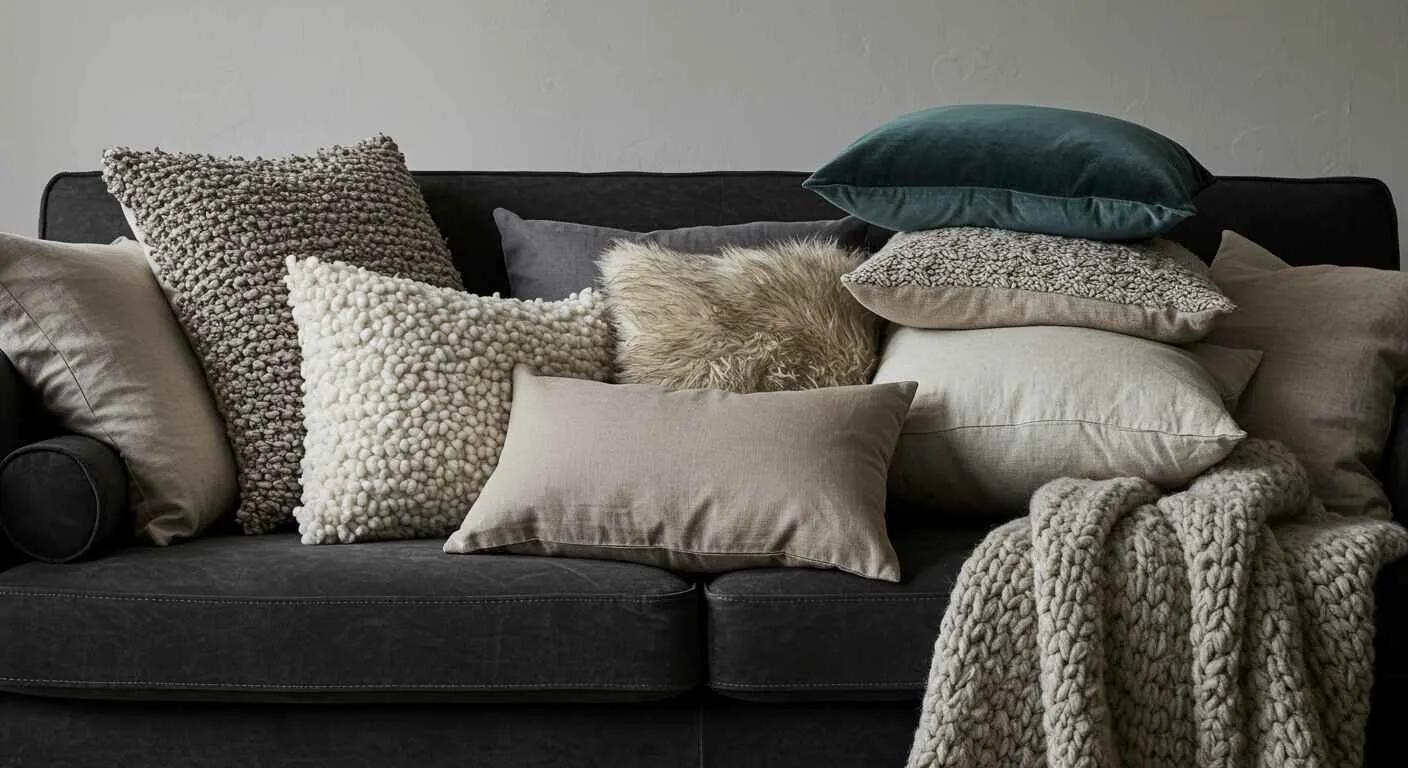
Paint is Your Magic Wand (Seriously)
If there is one thing you do to completely change the entire vibe of your apartment for the least amount of money, it’s paint. Nothing provides more bang for your buck.
The Problem: Stark, contractor-white walls can feel sterile and impersonal. Scuffs and marks make the entire apartment look tired and neglected.
Why It Works: Color theory is real. Dark, moody colors can make a space feel cozy and dramatic, while soft, warm neutrals can make it feel airy and sophisticated. Paint creates a backdrop that makes everything else you own—from your thrifted bookshelf to your IKEA sofa—look more intentional and curated.
How to Do It on a Budget:
- The Accent Wall: If you’re nervous about color or on a tight budget, an accent wall is your answer. A single gallon of high-quality paint ($40-60) is all you need. Choose the wall your bed or sofa is on to create a powerful focal point.
- Go Dark and Daring: Don’t be afraid of dark colors! A deep navy, charcoal gray, or forest green can look incredibly chic and expensive, especially in a bedroom. They absorb light and create an intimate, den-like feeling. My bedroom is painted ‘Hale Navy’ by Benjamin Moore, and it’s the most complimented room in my apartment.
- Paint More Than Walls: Think outside the box. Painting your interior doors black can add a surprising touch of class. Or paint a ceiling a very pale, soft color for a subtle designer touch.
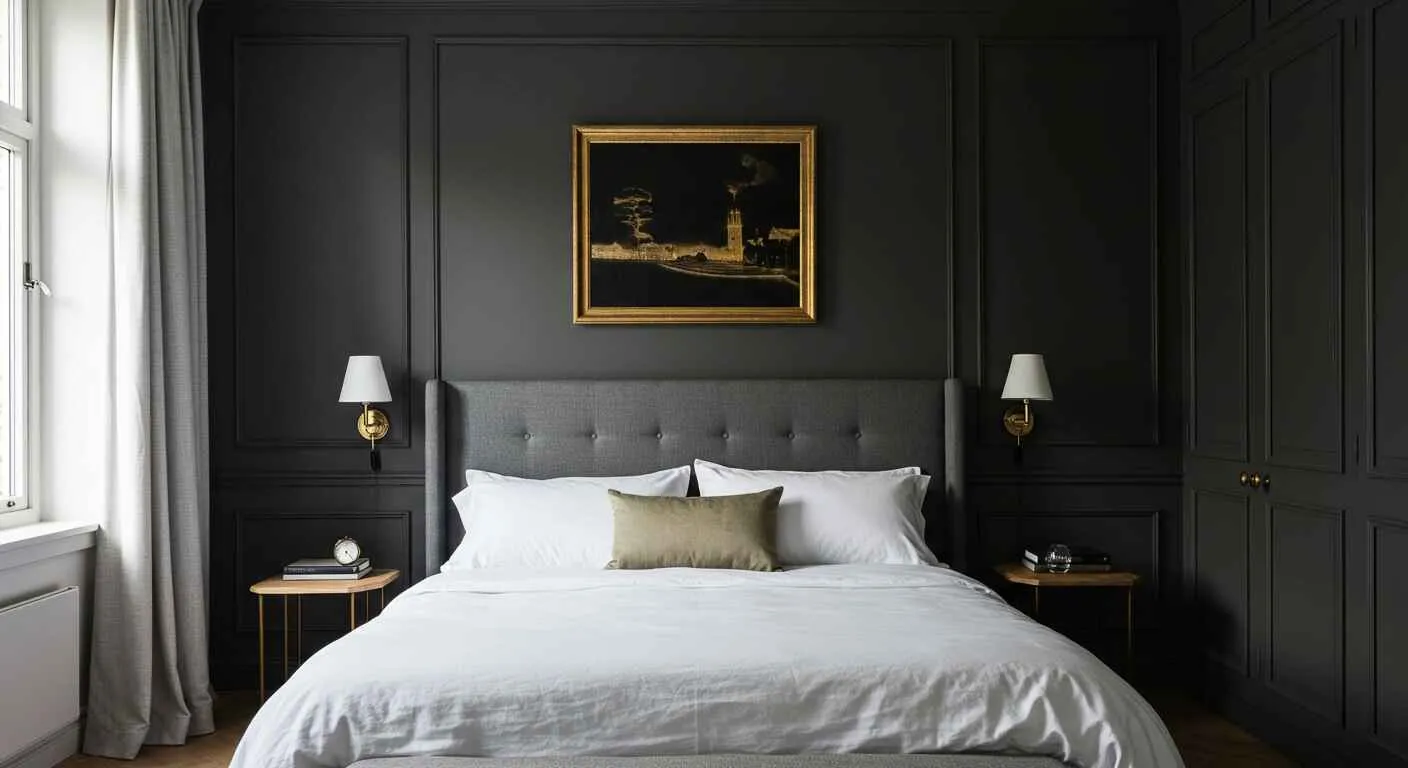
The Mirror Trick: Create Space, Light, and Art
Mirrors are one of a decorator’s most powerful tools, especially in smaller apartments. They are functional, beautiful, and can solve a multitude of design problems.
The Problem: Small rooms can feel dark and cramped. You may have awkward, empty wall space that you don’t know what to do with.
Why It Works: A mirror is a cheater’s window. It reflects light, making any room feel brighter and more open. A large mirror can visually double the size of your space. Furthermore, a beautiful frame can make a mirror function as a piece of art itself.
How to Do It on a Budget:
- Go Big or Go Home: My best advice is to get the biggest mirror you can afford and fit. A large, full-length mirror casually leaning against a wall is the epitome of effortless chic.
- Thrifted Frames: Again, thrift stores are your best friend. Look for mirrors with unique, interesting, or even gaudy frames. A can of gold or black spray paint can transform an outdated wooden frame into a stunning statement piece. I found a massive, ornate gold mirror for $50 at a garage sale that looks like it belongs in a Parisian apartment.
- Group Therapy: Don’t have space for a giant mirror? Create a gallery wall effect by grouping several smaller, inexpensive mirrors together. Mix shapes (round, square, sunburst) for more visual interest.

Master the Art of Thrifting and Upcycling
Your apartment shouldn’t look like a catalog. The secret to a truly expensive-looking space is character, and nothing adds character like vintage or upcycled pieces with a history.
The Problem: Brand-new furniture is expensive, and often, mass-produced pieces lack soul and durability. You want your home to reflect your unique personality, not a big-box store’s inventory.
Why It Works: Upcycled pieces are one-of-a-kind. They tell a story and add a layer of authenticity that you can’t buy new. A solid wood dresser from the 70s, refinished with modern hardware, will likely be of higher quality and have more character than a particleboard equivalent.
How to Do It on a Budget:
- Look for Good Bones: When thrifting, ignore the current finish or ugly hardware. Look for solid wood construction and interesting shapes. Dressers, nightstands, armoires, and bookshelves are prime candidates for a makeover.
- The Holy Trinity of Upcycling: All you usually need is sandpaper, paint (chalk paint is very forgiving for beginners), and new hardware. Swapping out boring wooden knobs for sleek brass or black metal pulls is a 10-minute upgrade that has a massive impact.
- My Favorite Upcycle: My proudest DIY project is an old, clunky armoire I bought for $25. It was a hideous shade of orange-brown. I spent a weekend sanding it, painting it a creamy white, and adding elegant gold bar pulls ($20 online). It now serves as my pantry and is the most beautiful piece of furniture I own.
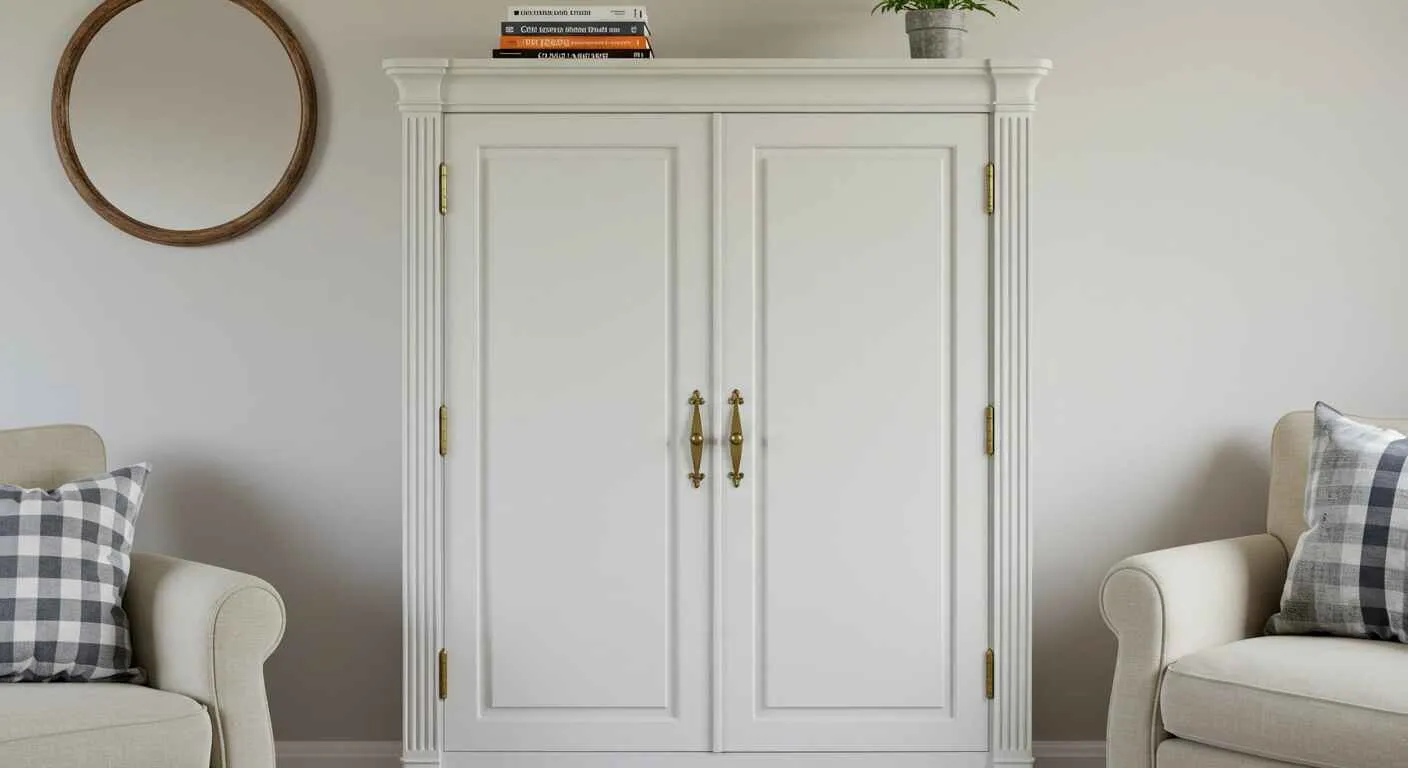
Curate a Killer Gallery Wall (Without Expensive Art)
A gallery wall is the perfect way to fill a large, empty space and inject a huge dose of your personality. And no, you don’t need to be an art collector.
The Problem: Large-scale original art is incredibly expensive, and a big blank wall can make a room feel unfinished and impersonal.
Why It Works: A well-composed gallery wall feels intentional and curated. It turns a collection of small, inexpensive items into one large, impactful art piece. It tells your guests who you are, what you love, and where you’ve been.
How to Do It on a Budget:
- The Unifying Frame: Collect frames from thrift stores, IKEA, and craft stores. The secret to making it look cohesive is to unify them. Spray paint them all the same color—black, white, or gold—for a classic, streamlined look.
- Think Beyond Photos: Your gallery wall doesn’t have to be just pictures. Mix in free digital prints from museum archives (look up “The Met Collection API”), postcards from your travels, your own abstract paintings on small canvases, cool-looking greeting cards, pressed flowers in a floating frame, or even a small mirror.
- Plan Before You Hammer: This is my most important tip. Trace each frame onto paper, cut them out, and tape the paper cutouts to the wall with painter’s tape. Live with the arrangement for a day or two. Rearrange them until the balance feels perfect. This will save you from making dozens of unnecessary nail holes.
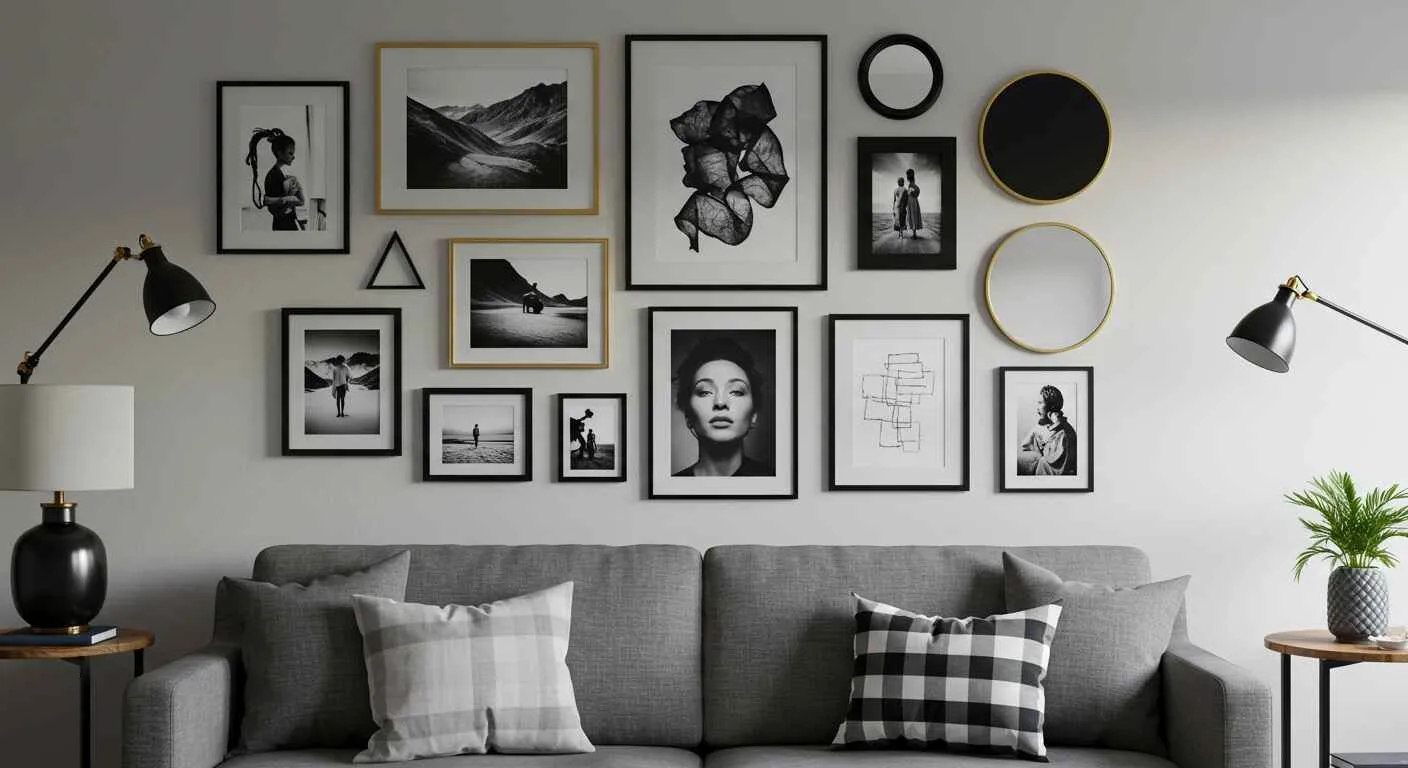
Add Life with Greenery (Even If You Have a Black Thumb)
Last but not least, bring the outdoors in. Plants add life, color, texture, and a sense of vitality to any room. An expensive-looking room never feels stagnant; it feels alive.
The Problem: Your room feels a bit sterile and is missing that final touch of organic texture and color. You’re also convinced you will kill any plant you touch.
Why It Works: Greenery breathes life into a space. The sculptural shapes of leaves add natural artistry, and the pop of green complements almost any color scheme. Plants have been scientifically shown to improve mood, which contributes to the overall feeling of well-being that luxury spaces evoke.
How to Do It on a Budget:
- Start with the Unkillables: If you’re a notorious plant-killer, start with a snake plant, ZZ plant, or pothos. These plants thrive on neglect and can tolerate low light, making them perfect for beginners.
- Pots on a Dime: Don’t spend a fortune on fancy planters. Thrift stores and flea markets often have unique ceramic pots for just a few dollars. You can also use woven baskets (with a plastic liner) for a bohemian look.
- Fake It ‘Til You Make It: There is no shame in high-quality faux plants. The technology has come so far that it’s often hard to tell the difference. An investment in one good-quality fake fiddle-leaf fig tree can give you years of maintenance-free beauty.
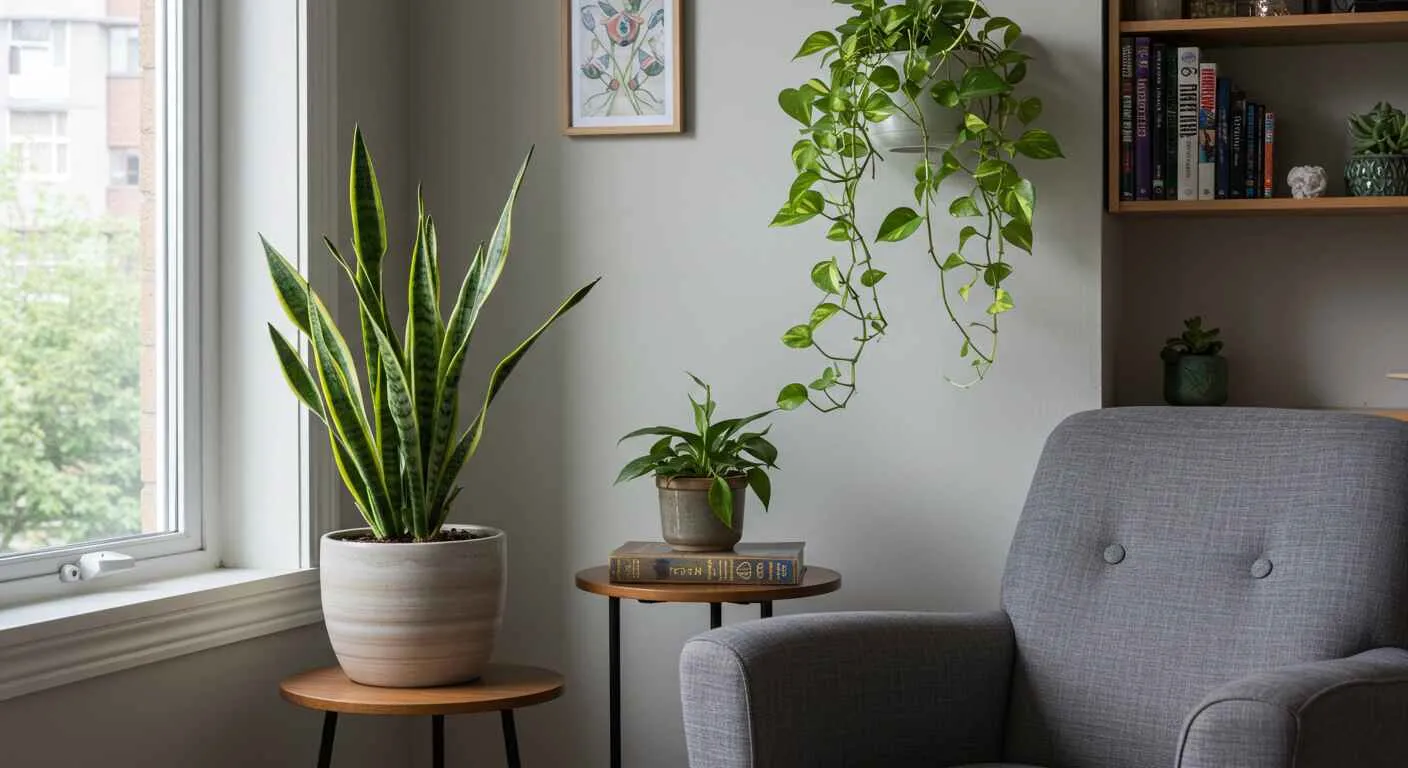
Your Dream Space Is Already Within Reach
Creating a home that looks expensive has very little to do with how much money you spend. It’s about being creative, resourceful, and, most importantly, intentional. It’s about training your eye to see potential where others see problems.
Start small. Pick just one of these tips this weekend and see it through. Before you know it, you’ll have built momentum, and one small change will ripple through your entire home. The most rewarding part isn’t just having a beautiful apartment—it’s knowing, every time you walk through the door, “Wow, I did this.”
Now go forth and decorate like the design superstar you are. Your dream space is waiting for you.
